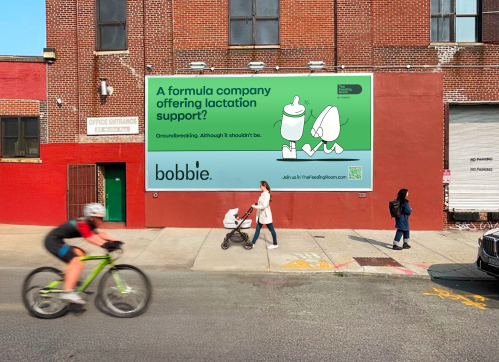The Duchess of Sussex, Meghan Markle, has shifted from making jam and other delicious treats on her Netflix show With Love, Meghan to getting candid on her new podcast, called Confessions of a Female Founder. The podcast, which will feature informal chats between Markle and her successful female friends, kicked off its first episode with Bumble app founder Whitney Wolfe Herd. Their main topic this time around? Being moms and how they both dealt with a rare health complication after pregnancy.
Experts in This Article
double-board-certified physician in obstetrics and gynecology
In the episode, both Markle and Herd recount their experiences with postpartum preeclampsia—a serious condition that causes high blood pressure after giving birth. Markle, a mom of two, described her experience with the condition as rare and scary: "You're still trying to juggle all these things, and the world doesn't know what's happening quietly," she said in the podcast.
All the while, Markle was trying to keep up appearances for her family and the outside world. "And in the quiet, you're still trying to show up for people—mostly for your children—but those things are huge medical scares," she said. Markle did not specify during which pregnancy this complication occurred.
So, what exactly happens when you have postpartum preeclampsia? And are there any signs you have the condition? Here's what to know about the post-birth complication, including its risk factors and prevalence.
What is postpartum preeclampsia?
The Preeclampsia Foundation says that postpartum preeclampsia is a serious condition where your blood pressure spikes after giving birth. Most often, preeclampsia affects women while still pregnant, but it's possible to experience it after delivery, too.
Studies show that about 0.3 to 27.5 percent of pregnancies in the U.S. come with some form of preeclampsia or postpartum preeclampsia to varying degrees.1 Typically the condition appears within the first few days or up to six weeks after giving birth, and some women don't even know they have a mild form until their follow-up appointments with their healthcare provider.
Columbia University Irving Medical Center says experts aren't entirely sure why postpartum preeclampsia happens, but they believe it has to do with quick changes to hormonal levels and fluids that affect blood pressure. While anyone can experience the condition, common risk factors include:
- Chronic high blood pressure or kidney disease
- Preeclampsia during pregnancy
- Obesity
- Age (pregnant people over 40 are at higher risk)
- Multiple gestations (being pregnant with more than one fetus)
- Race or ethnicity (Black women are at a higher risk)
- Family history of preeclampsia
Signs and symptoms of postpartum preeclampsia
Other than a high blood pressure reading (140/90 or higher) after birth, the signs of postpartum preeclampsia can be subtle and hard to catch—especially in the newborn phase as you're healing, sleep-deprived, and oftentimes, under stress. But according to the Preeclampsia Foundation, there are key signs to watch out for, including:
- Severe headache that won't go away
- Vision changes (like blurred vision or seeing spots)
- Swelling of your hands and feet
- Stomach pain
- Feeling nauseous or throwing up
- Shortness of breath
- Sudden changes in weight
If you feel any of those symptoms alongside high blood pressure, it's important to call your healthcare provider right away. They may want to see you or suggest you go to the emergency room (ER). And if your blood pressure spikes to 160/110 or higher, you have trouble breathing, you see spots, or have a seizure, call 911 or have someone take you to the ER as soon as possible, as this means your condition could be life-threatening.
While you can bring up any concerns about your risk at any time, "Your provider should [also] be evaluating your vitals, taking a urinalysis, checking any incisions, and talking to you about birth control options at your post-delivery checkup,” Kecia Gaither, MD, an OB/GYN at NYC Health and Hospitals, previously told Well+Good.
The bottom line
Thankfully, Markle is healthy and thriving as both a mom and entrepreneur today. Opening up about her experience with postpartum preeclampsia, and using her platform to highlight issues that can occur during pregnancy, was inspiring for those who may have gone through (or will go through) the same thing.
Postpartum care is critical for pregnant people and their children, so be sure to check in with your healthcare provider regularly, and reach out for support, even after you've given birth. It could potentially save your life.
- Hauspurg, Alisse, and Arun Jeyabalan. “Postpartum preeclampsia or eclampsia: defining its place and management among the hypertensive disorders of pregnancy.” American journal of obstetrics and gynecology vol. 226,2S (2022): S1211-S1221. doi:10.1016/j.ajog.2020.10.027 ↩︎
Sign Up for Our Daily Newsletter
Get all the latest in wellness, trends, food, fitness, beauty, and more delivered right to your inbox.
Got it, you've been added to our email list.










